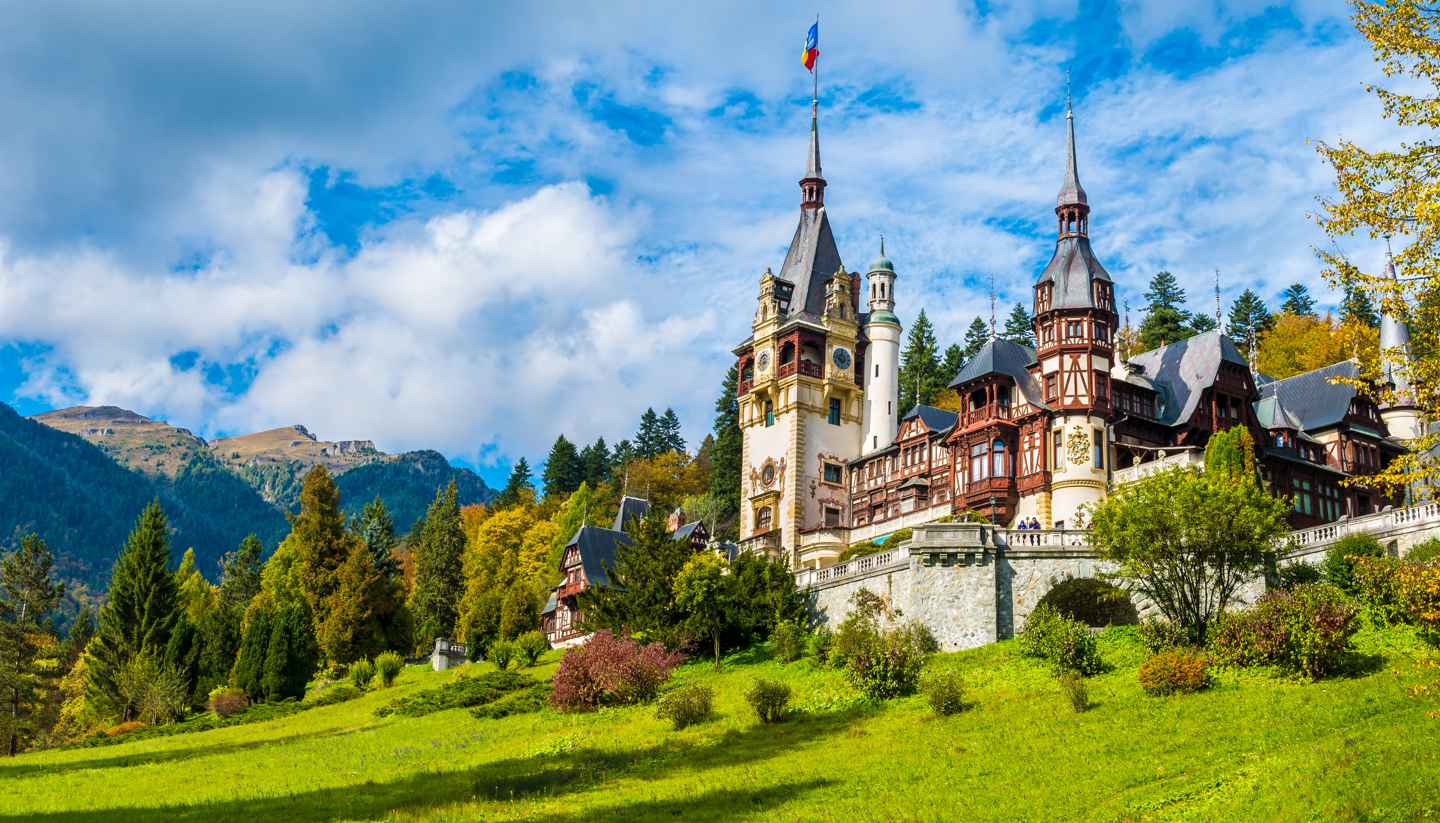The Castle of Banloc
Introduction
For foreign visitors of Romania there are many castles wich come into mind when they are planning a vacation in this country. For example you surely know Bran Castle associated with the legend of Dracula (yes, it's just a legend, but a good one!), Peleș Castle from Sinaia the residence of the royal family of Romania or Corvin Castle from Hunedoara.
But do you know there also forgotten castles in my country? Unfortunately because they are only ruins nowadays, even many Romanians don't know very much about them, in spite of there is a very great history around them.
I known, there a lot of people who likes adventure and love to go in even isolated places and hoping the pandemy will end soon, i just think about something. To tell you about the Castle of Banloc, situated in the Timiș County. What a county? Is an administrative division of Romania. Timiș is situated in the Banat historical region, and the residence is at Timișoara, a very important city of Romania, a very cosmoplit city, the place where the Romanian Revolution from 1989 begun, and nomilased to be European Capital of Culture this year, but the date is delayed because of COVID pandemy. Is think it's good for you to know there are several historical regions in Romania such as Muntenia, Moldova, Transylvania, Bukovina, Maramureș, Crișana, Banat, Oltenia and Dobrogea (Dobruja).
Well, coming back to to our subject, the Castle of Banloc is situated in the same name commune(a commune is an adminstrative divisions that groups two ore more villages). Banloc is situated at only 8Km from the nearest town - Deta, at 50 Km from Timișoara, and not very far from the border with Serbia. You must know there are a couple of Serbian communties in Banat.
The castle was build in in 1793 by count Lázár Karátsonyi, was devastaded in the WW1, and remains the residence of Karátsony family until 1935, when because of debts the last count Karátsonyi-Keglevich Imre sells it to Queen Elisabeth of Greece, the sister of Carol the Second of Romania( so it has a connection with the Romanian royal family). She lived here until 1948 whe she is cast off from the country. Her very important contribution to the castle, remains the garden who also exists today. and sourrond it. There were many species of plants, especially trees, there it's an alley with pins, but unfortunately these trees are not in good condition. Now the place may look like a little forest because there is nobody to take of it.
The castle has an "U" shape, thick walls from burnt brick and it's still imposant in spite of degradation during years. The communist regim did not grant very much importance to it. It was used as State Agricultural Household, Forest Sorrounding, old foster care. orphanage and school.
In present, the Castle is in the administration of Metropolitan Church of Banat, but it representants claim having no founds to restore it. There were several plans for this but none of these have been implemented.
If you know people interrested to discover places or objectives without that are very known, please share this article. I will be very thankful if you do!
As a simple citizen, all I can do for eventual restoration is to write about it hoping some NGO's sees and involved it.
If you visit Banloc donțt forget to visit also the Partoș Monastery. Partoș is a village that belongs to Banloc commune.
I wrote also an article in Romanian about this castle, inspirated by a local girl called Alina , borned in Banloc who created a Facebook page for it.
The Banloc Castle in the winter( snow making the landscape beautiful):
Flight over Banloc by drone:
Hope you enjoyed this article!








Niciun comentariu:
Trimiteți un comentariu